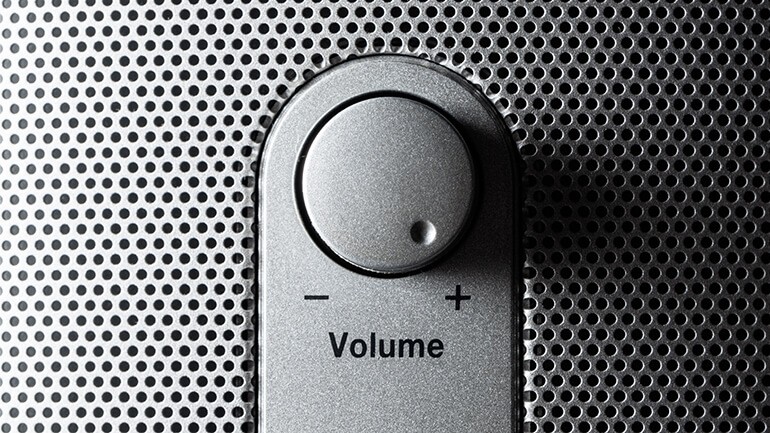Beware of Loudness
The hidden perils of listening too long, with too much volume, monitoring mainly with headphones/earbuds, as well as other auditory dangers—and what you can do to promote ear wellness

As working musicians playing in noisy cramped nightclubs, many of us became acclimated at an early age to the kind of decibel exposure that would easily offend the average citizen. In between gigs the “crank it” mentality followed us into the studio, where we’d make mixes at glass-shattering volume, then drive around previewing the demo at a similarly advanced level.
Unfortunately, over time all this ear-drum pummeling can have serious consequences, in some instances leading to irreversible auditory damage. Chief among these hazards is the condition known as tinnitus, which can include ringing or buzzing sounds in one or both ears. While normal hearing loss from aging can sometimes trigger symptoms, tinnitus often results from consistent exposure to noise, including the kind of that’s part-and-parcel within the music trade.
To wit, here are a few suggestions for keeping your ears out of harms’ way whilst in the studio and elsewhere.
Limit your listening. Whether it’s an acoustic-based track or rock or R&B, your eardrums can become easily fatigued when exposed to any kind of sustained volume (and the problem goes up exponentially at the rock/R&B end of the spectrum). Which is why you should always set limits on how long you’re in the listening position without a break—say, 20-30 minutes maximum. Even if you feel like you could go longer, at some point your ears stop correctly detecting certain frequencies, meaning that you could be adding too much high-end or extra bass only because you can’t hear it anymore!
The perils of headphone usage. Short of having a specially sequestered studio space, keeping your music from intruding upon others is an ongoing issue. The most obvious remedy is using a set of closed-cup headphones for monitoring, which, as their name suggests, are completely covered and therefore ensure minimal leakage. The caveat, however, is considerable, as having any kind of sound source in close proximity to your eardrums can result in long-term injury, and the ante only goes up if headphones or earbuds are all you use. By comparison, a small set of nearfield monitors safely situated some three feet from your listening position not only offers a more reliable image of your mix, but also gives your ears a much-needed respite from all that direct sound.
Keep it down. It’s like a ritual—you complete a final mix, and then, to mark the occasion, you repeatedly listen back to the work with the L-R output meters showing nothing but crimson. After all, for years we’ve listened as our heroes implored recording engineers to “turn it up” during a vocal take, and you can be sure that the subsequent visits to the control room were no less voluminous. While the temptation hear your stuff “cranked” can be hard to resist, always keep the levels in check when listening for an extended period—the less stress you put on your ears, the more likely you are to hear the mix correctly. And while almost anything will seem awesome with added volume, if your track rocks with the faders only half way up, imagine how good it will sound when you do (modestly) crank it.
Ear care. Practicing safe listening methods in the studio is one thing, but keeping your tympanic membrane (eardrum) out of harms way should be an ongoing routine. Many musicians understandably object to wearing ear protection while on stage, but in fact audience members are subjected to the most extreme decibel levels coming from a venue’s out-front speakers. This is why it’s highly important to use special filtering ear plugs not only at concerts, but also during band rehearsals, or in any environment where sudden volume spikes can unwittingly wreak havoc.






Community
Connect with BMI & Professional Songwriters